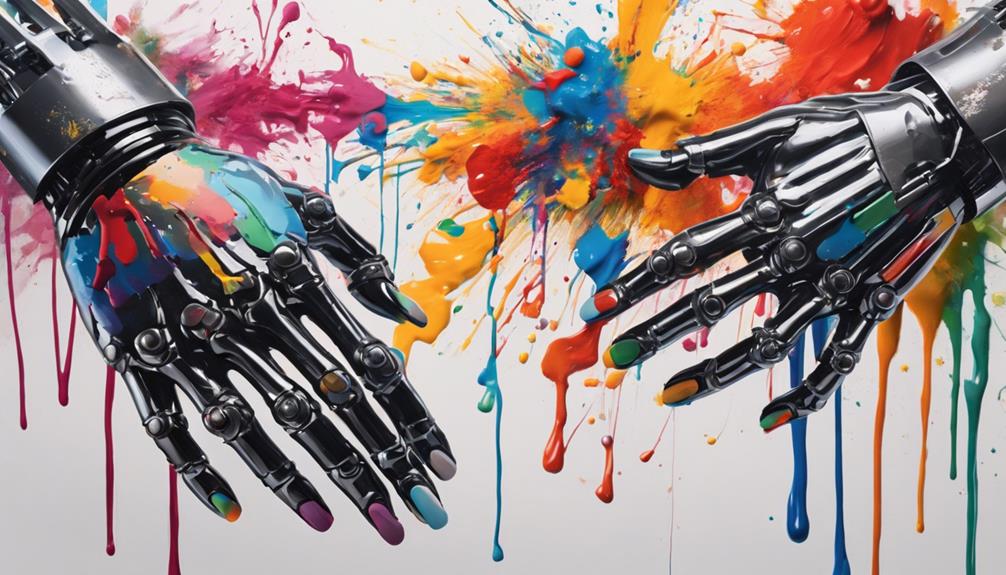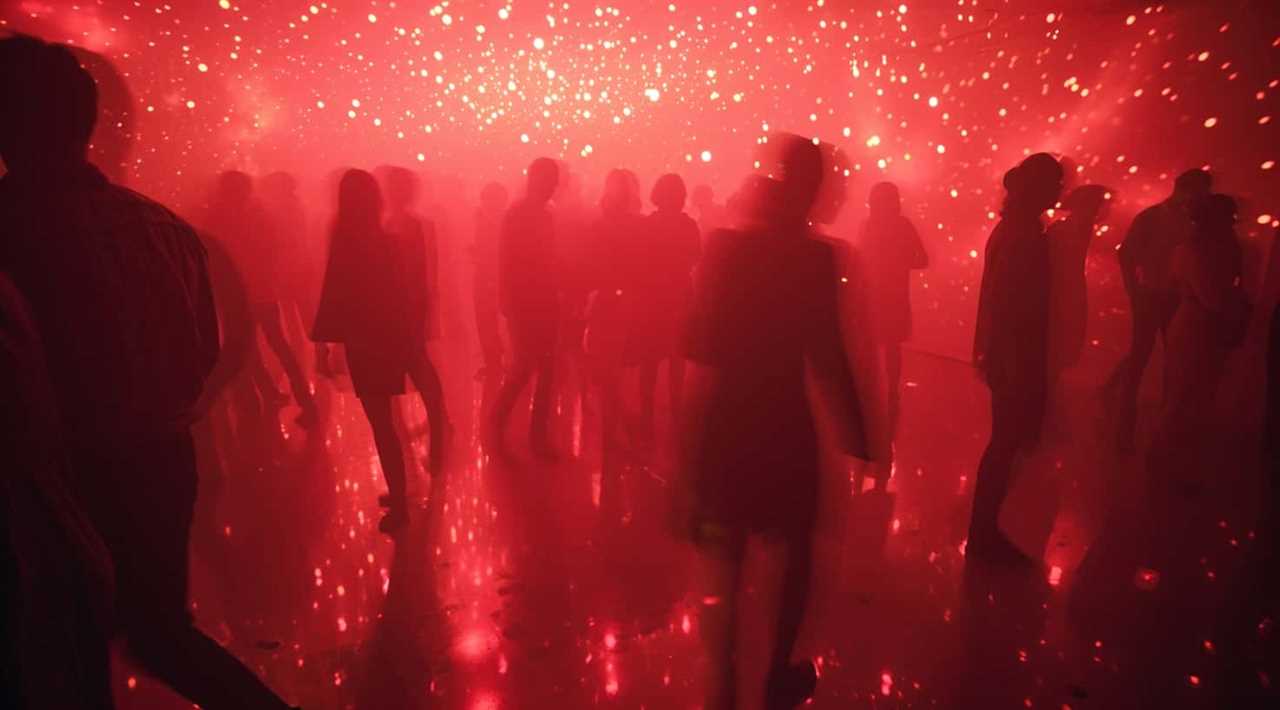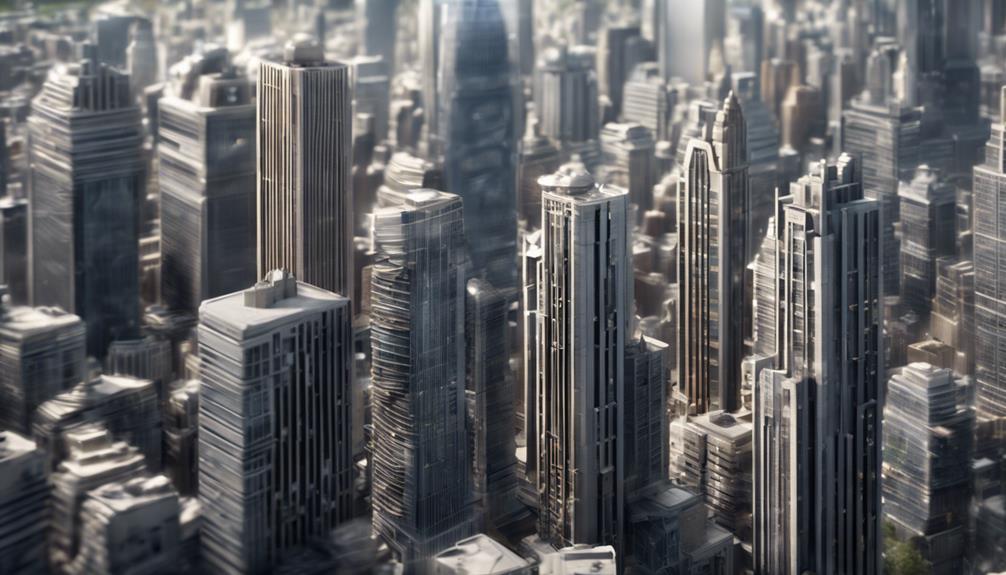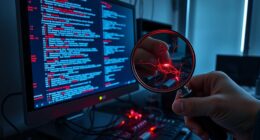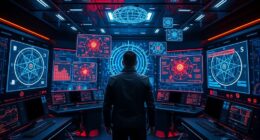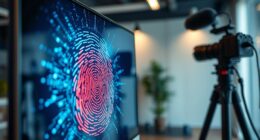In the realm of creative industries, the debate surrounding whether artificial intelligence can supplant human creativity is a subject that sparks both fascination and skepticism.
While AI showcases remarkable capabilities in data processing and task automation, the essence of creativity lies in a realm that transcends mere computational power.
The intricate interplay between human emotions, cultural nuances, and personal experiences infuses artistry with a depth and richness that AI struggles to replicate.
As we explore the dynamic landscape where technology and creativity intersect, the question lingers: can AI truly capture the essence of human creativity in all its complexity and nuance?
Key Takeaways
- Human creativity thrives on emotional depth and personal experiences, elements AI lacks.
- AI's data-driven decisions contrast with human intuition and cultural influences in creativity.
- Artistic authenticity stems from individual perspectives and emotional connections, unique to humans.
- Innovation in creative industries springs from human ingenuity, enriching works with personal narratives.
AI's Limitations in Creative Expression
Struggling to transcend the boundaries of programmed logic and data-driven analysis, artificial intelligence grapples with the intricate nuances of human emotion and the ethereal realm of creative expression.
In creative industries, AI's limitations become starkly evident as it lacks emotional intelligence, hindering its capacity to convey the depth of human emotions authentically. While machine learning algorithms can analyze vast amounts of data to imitate patterns and trends, they fall short when it comes to generating new, innovative ideas that resonate on a profound level with audiences.
The essence of creativity often lies in human intuition and unpredictability, qualities that AI tools struggle to replicate effectively. Moreover, AI's reliance on existing data restricts its ability to break free from conventional norms and produce truly original content.
In artistic endeavors, the artificial nature of AI impedes its understanding and appreciation of art in a way that resonates with human creativity, highlighting the irreplaceable role of human ingenuity in the realm of creative expression.
Human Intuition Vs AI Algorithms
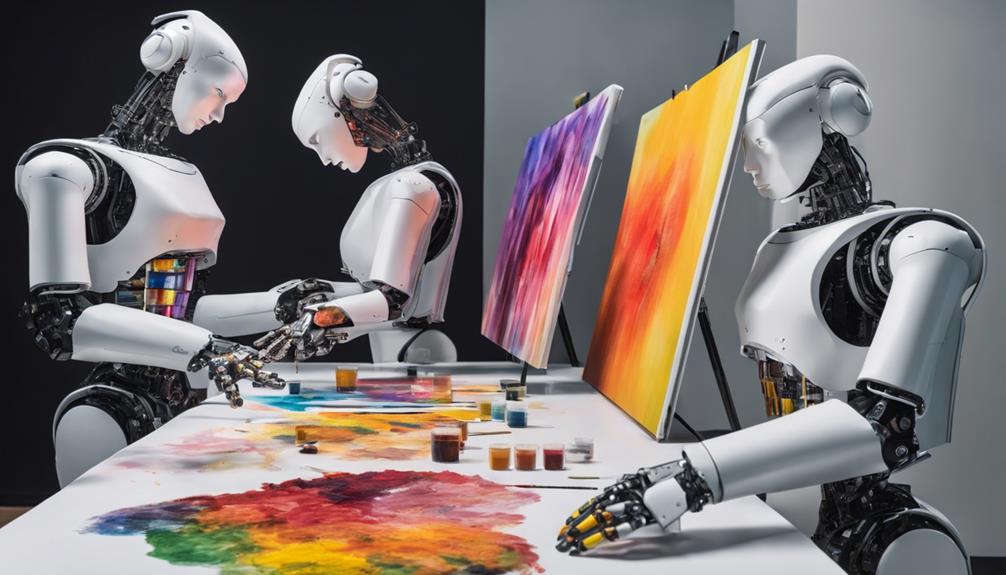
In the dynamic intersection of creativity and technology, the contrast between human intuition and AI algorithms emerges as a pivotal focal point shaping the landscape of innovation and expression. Human intuition, driven by instinct, gut feelings, and subconscious processing, plays a crucial role in the creative process. It encompasses emotional intelligence, allowing for creative leaps and unconventional problem-solving approaches.
On the other hand, AI algorithms rely on predefined rules and data patterns, lacking the depth of human intuition. While AI excels in certain tasks, it struggles with abstract, ambiguous, or non-linear creative endeavors that require the nuanced understanding of context and emotions inherent in human intuition.
The essence of human intelligence embedded in intuition remains a cornerstone of creativity that AI cannot replicate. The human creative process thrives on emotional and experiential factors, enabling individuals to explore uncharted territories and push boundaries. This unique aspect ensures that human creativity remains irreplaceable, as AI lacks the inherent capacity to fully comprehend and engage with the complexities of the human creative mind.
Emotion and Creativity in Art
Artistry in the realm of visual expression intertwines emotion and creativity, crafting a tapestry of significance that resonates beyond mere visual aesthetics. When exploring the fusion of emotion and creativity in art, several key elements emerge:
- Emotion, Personal Experiences, and Cultural Backgrounds: Human artists infuse their work with personal emotions and cultural influences, creating a deep connection between the artwork and the artist's experiences.
- Unique Perspectives and Authenticity: Artists bring their individual viewpoints and authenticity to their creations, making each piece a reflection of their innermost thoughts and feelings.
- Human Connection and Emotional Intelligence: The emotional depth in art allows for a profound human connection, something that AI, with its lack of emotional intelligence, struggles to replicate.
In the intricate dance between emotion and creativity, artists draw inspiration from their lives, societal issues, and history, infusing their creative output with layers of emotional depth and meaning. This subjective nature of art is a testament to the irreplaceable essence of human creativity in the artistic realm.
Unique Perspectives: Humans Vs AI
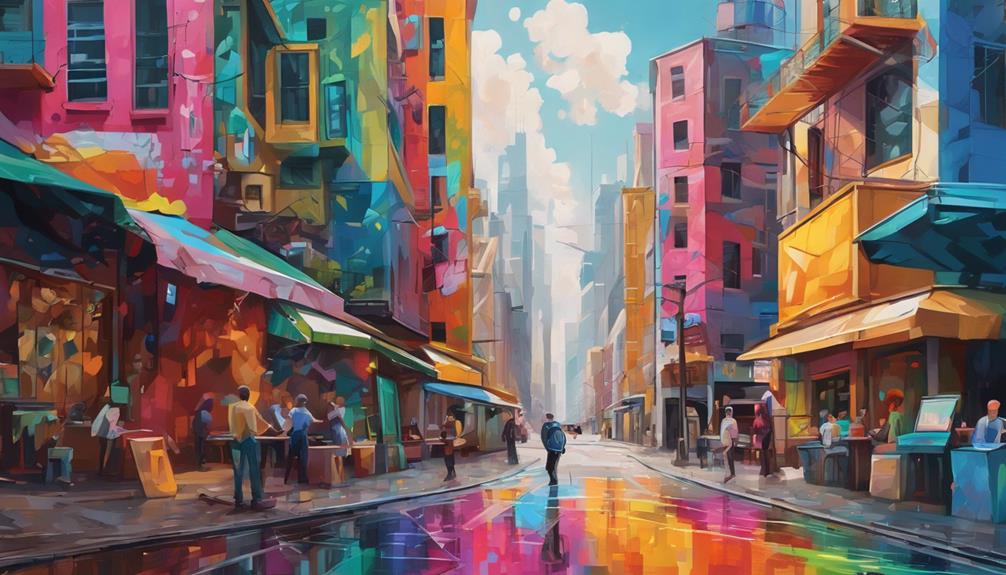
The distinction between human and artificial intelligence in creative endeavors becomes most pronounced when considering the infusion of unique perspectives into the creative process. Humans bring a wealth of experiences, emotions, and cultural backgrounds that shape their creativity, offering a depth and authenticity that AI struggles to replicate. This human touch involves personal insights, subjective experiences, intuition, and personal stories that drive innovation in ways that are inherently different from AI algorithms. The table below highlights the key differences between human and AI perspectives in creative industries:
| Humans | AI |
|---|---|
| Emotions | Lack of emotions |
| Cultural backgrounds | No cultural influences |
| Personal insights | Data-driven decisions |
| Subjective experiences | Objective calculations |
| Intuition | Algorithmic processes |
| Personal stories | Statistical analysis |
These elements collectively contribute to the richness and complexity of creative works, showcasing the irreplaceable value of human creativity in the face of advancing AI technologies.
Innovation Driven by Human Ingenuity
Catalyzing transformative shifts in creative landscapes, human ingenuity emerges as the driving force behind groundbreaking innovations in artistic realms.
- Human creativity, rooted in diverse experiences and emotions, generates new ideas and patterns that shape the future of creative industries.
- Artificial intelligence (AI) may assist in the creative process, but the essence of creativity is likely to remain a distinctly human trait that AI cannot replace.
- Innovations driven by human insights and personal connections push the boundaries of what is possible in the field of design, enriching creative works with depth and soul.
In this era of technological advancement, where AI continues to evolve, it is crucial to recognize and celebrate the unique capabilities of human creativity. The ability to think beyond conventions, weave personal narratives into art, and foster cultural richness sets human ingenuity apart, making it an irreplaceable force in shaping the innovative landscape of creative industries.
As we navigate the future, the partnership between AI and human creativity stands to augment the creative process, ensuring that the artistry and ingenuity of human creators continue to thrive.
Frequently Asked Questions
Why Artificial Intelligence Can T Replace Humans at Work?
Artificial intelligence can't replace humans at work because of the intricate blend of emotional intelligence, intuition, and creativity that defines human capabilities. These unique qualities form the essence of human contribution that transcends AI's capabilities.
Why Will AI Not Replace Artists?
AI will not replace artists because their unique ability to infuse their work with emotions, personal experiences, and abstract thinking goes beyond AI's computational boundaries. Artists bring authenticity, originality, and depth to their creations through human creativity and intuition.
Will AI Take Over the Creative Industry?
In the evolving landscape of the creative industry, AI's role is significant yet limited. While AI can enhance processes and provide insights, the essence of human creativity, with its emotional depth and cultural nuances, remains irreplaceable.
Can Artificial Intelligence Replace Humans in Artistic Jobs?
Artificial Intelligence, while capable of assisting in creative tasks, cannot fully replace humans in artistic jobs. The essence of artistry lies in human experiences, emotions, and imagination, which AI lacks. Authenticity and originality in art stem from the unique perspectives only humans possess.
Conclusion
In the canvas of creativity, AI may add colors, but it is human hands that paint the masterpiece.
Like a symphony conducted by a maestro, human intuition and emotion harmonize to create art that resonates deeply.
As the sun sets on the horizon of innovation, it is the spark of human ingenuity that lights the way forward, illuminating the path towards boundless creativity and originality.
Ava combines her extensive experience in the press industry with a profound understanding of artificial intelligence to deliver news stories that are not only timely but also deeply informed by the technological undercurrents shaping our world. Her keen eye for the societal impacts of AI innovations enables Press Report to provide nuanced coverage of technology-related developments, highlighting their broader implications for readers.
